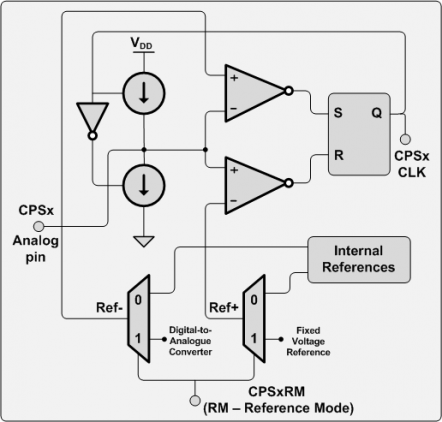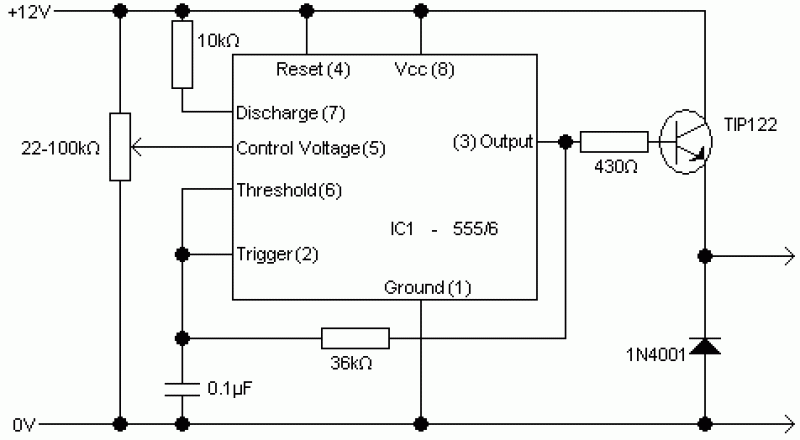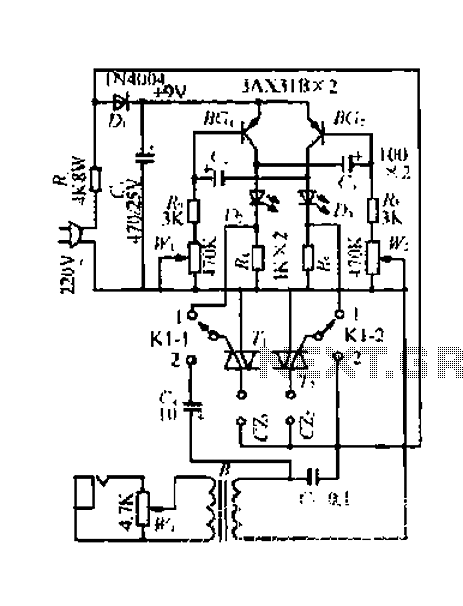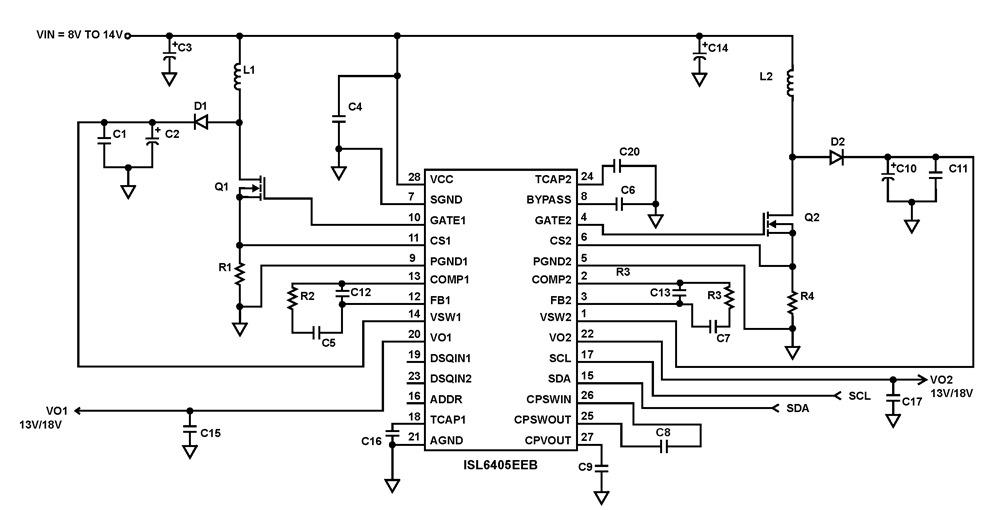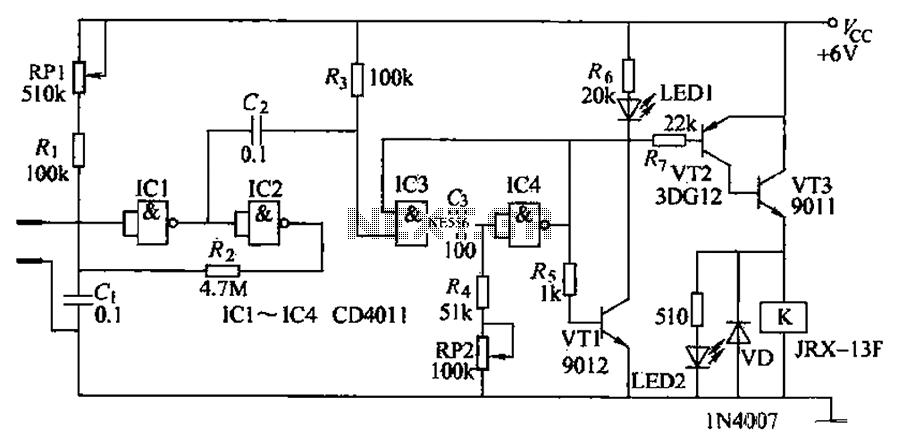
Two Phase Bipolar Stepper Motor Control

The following figure illustrates the control circuit for a two-phase bipolar stepper motor utilizing the current controller L6506. The L6506 integrated circuit generates the necessary signals to drive the inputs of the L298 bipolar stepper motor circuit driver.
The circuit in question employs the L6506 current controller to manage the operation of a two-phase bipolar stepper motor. The L6506 is designed to provide precise current control, which is crucial for the efficient operation of stepper motors. This integrated circuit outputs the control signals that dictate the timing and magnitude of the current supplied to the motor phases, ensuring smooth and accurate stepping.
The L298 is a dual H-bridge motor driver capable of controlling the direction and speed of the stepper motor. It receives the control signals from the L6506, which are generated based on the desired stepping sequence and motor control parameters. The L298 is capable of driving the motor in both forward and reverse directions while providing the necessary current to each phase of the motor.
In this configuration, the L6506 monitors the current flowing through the motor coils and adjusts the PWM (Pulse Width Modulation) signals sent to the L298 accordingly. This feedback mechanism allows for precise control over the motor's performance, reducing the risk of overheating and enhancing efficiency. The circuit typically includes additional components such as diodes for flyback protection and capacitors for stability, ensuring reliable operation in various conditions.
Overall, this driving circuit effectively combines the functionalities of the L6506 and L298 to deliver a robust solution for controlling two-phase bipolar stepper motors, suitable for applications requiring accurate positioning and smooth motion control.The following figure shown the driving of two phase bipolar stepper motor control circuit by using the current controller L6506. The IC L506 generates the needed signals to drive the inputs of the L298 of this bipolar stepper motor circuit driver
🔗 External reference
The circuit in question employs the L6506 current controller to manage the operation of a two-phase bipolar stepper motor. The L6506 is designed to provide precise current control, which is crucial for the efficient operation of stepper motors. This integrated circuit outputs the control signals that dictate the timing and magnitude of the current supplied to the motor phases, ensuring smooth and accurate stepping.
The L298 is a dual H-bridge motor driver capable of controlling the direction and speed of the stepper motor. It receives the control signals from the L6506, which are generated based on the desired stepping sequence and motor control parameters. The L298 is capable of driving the motor in both forward and reverse directions while providing the necessary current to each phase of the motor.
In this configuration, the L6506 monitors the current flowing through the motor coils and adjusts the PWM (Pulse Width Modulation) signals sent to the L298 accordingly. This feedback mechanism allows for precise control over the motor's performance, reducing the risk of overheating and enhancing efficiency. The circuit typically includes additional components such as diodes for flyback protection and capacitors for stability, ensuring reliable operation in various conditions.
Overall, this driving circuit effectively combines the functionalities of the L6506 and L298 to deliver a robust solution for controlling two-phase bipolar stepper motors, suitable for applications requiring accurate positioning and smooth motion control.The following figure shown the driving of two phase bipolar stepper motor control circuit by using the current controller L6506. The IC L506 generates the needed signals to drive the inputs of the L298 of this bipolar stepper motor circuit driver
🔗 External reference

